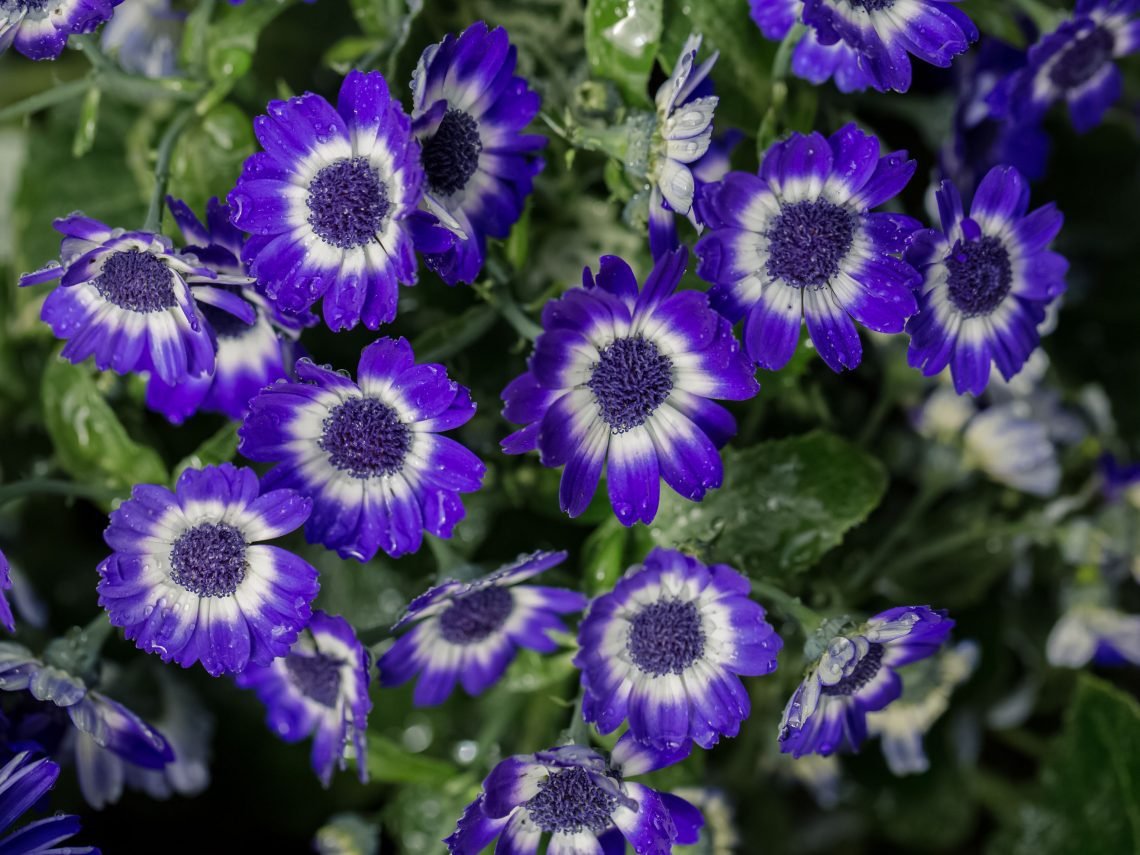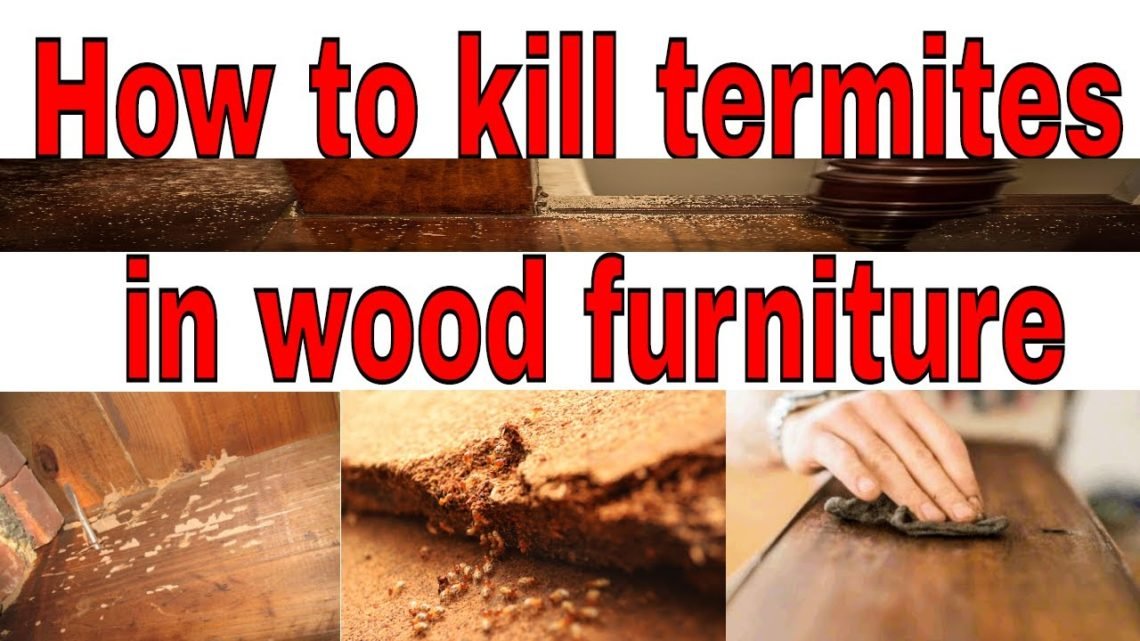Table of Contents
Introduction to Planting, Potting, and Transplanting Roses
Roses are a classic and elegant addition to any garden. Whether you’re planting, potting, or transplanting roses, a little bit of knowledge and the right techniques will ensure your roses flourish. In this article, we’ll dive into the different aspects of rose gardening, such as soil preparation, fertilizing, watering, pruning, sunlight requirements, and more. Let’s get started!
Rose Garden Basics
Soil Preparation
Preparing the soil is an essential step in growing healthy roses. Start by choosing a well-draining soil with a pH between 6.0 and 6.5. If your soil is too acidic, add lime; if it’s too alkaline, add sulfur. To improve the soil structure, mix in organic matter such as compost, aged manure, or leaf mold.
Fertilizing Roses
Roses need proper nutrients to grow and bloom. Use a balanced fertilizer, like a 10-10-10, which provides equal amounts of nitrogen, phosphorus, and potassium. Apply fertilizer in early spring, and then again after the first bloom. You can also use organic fertilizers like bone meal, fish emulsion, or compost.
Watering Roses
Roses need consistent water to thrive, but avoid overwatering. Provide your roses with about 1 inch of water per week, more during hot, dry periods. Water early in the day to avoid evaporation loss, and be sure to water the soil, not the leaves, to prevent diseases.
Pruning Roses
Regular pruning keeps roses healthy and encourages new growth. In early spring, remove dead or diseased canes, and trim back any branches that are crossing each other. Cut back to about one-third of the plant’s height, leaving 3 to 5 healthy canes. During the growing season, deadhead spent blooms to encourage more flowering.
Sunlight and Spacing Requirements
Sunlight Requirements
Roses require at least 6 hours of direct sunlight per day to grow and bloom their best. Morning sunlight is particularly important, as it helps dry the leaves and prevent diseases. If your roses don’t receive enough sunlight, they may become leggy and produce fewer flowers.
Spacing Between Roses
Proper spacing between roses promotes air circulation and helps prevent diseases. Space your roses according to their mature size, generally 2 to 3 feet apart for smaller varieties and 4 to 6 feet apart for larger ones. Be mindful of how big your roses will grow and give them the space they need to thrive.
Choosing the Right Location and Pot
Choosing a Location
Select a location in your garden that receives at least 6 hours of direct sunlight daily and has well-draining soil. Avoid planting roses too close to trees or large shrubs, as they can compete for nutrients, water, and sunlight. Also, avoid low-lying areas where water may pool and cause root rot.
Selecting a Pot
If you’re potting your roses, choose a container that’s at least 18 inches in diameter and has drainage holes. Ensure the pot is large enough to accommodate the mature size of the rose and provides ample space for root development.
Repotting and Root Development
Repotting Roses
Repot your roses every 2 to 3 years to encourage healthy growth. Gently remove the rose from its current pot and trim any damaged or circling roots. Place the rose in a new, larger pot with fresh, well-draining soil, and water thoroughly.
Root Development
Healthy root development is crucial for strong rose growth. Provide your roses with well-draining soil, consistent watering, and proper nutrients to promote strong, deep roots.
Amending Soil, Compost, and Mulching
Amending Soil
To improve the soil structure and provide essential nutrients for your roses, amend the soil with organic matter such as compost, aged manure, or leaf mold. This not only improves drainage and aeration but also adds vital nutrients for healthy rose growth.
Adding Compost
Compost is an excellent organic amendment that improves soil structure and provides nutrients for your roses. Apply a 2- to 4-inch layer of compost around the base of your roses each spring, being careful not to cover the crown or canes.
Mulching Roses
Mulch helps conserve moisture, regulate soil temperature, and suppress weeds. Apply a 2- to 3-inch layer of organic mulch, like shredded bark or pine needles, around the base of your roses, leaving a few inches of space around the crown to prevent disease.
Proper Drainage and Hardy Roses
Proper Drainage
Good drainage is essential to prevent root rot and other diseases in your roses. Plant your roses in well-draining soil, and consider adding organic matter to improve the soil structure. If you have clay soil, consider planting roses in raised beds to improve drainage.
Hardy Rose Varieties
Some rose varieties are more cold-tolerant and disease-resistant than others. Consider planting hardy roses like rugosa roses, shrub roses, or landscape roses, which are known for their adaptability and resilience.
Preparing a Bed and Raised Bed Gardening
Preparing a Bed
Before planting your roses, prepare the bed by removing weeds, rocks, and debris. Dig a hole at least twice the width and depth of the root ball, and mix in organic matter, like compost or aged manure, to improve soil quality. Plant your roses at the same depth as they were in their container, and backfill with the amended soil.
Raised Bed Gardening
Raised beds offer improved drainage and soil quality, making them ideal for growing roses, especially in areas with poor soil or drainage issues. Construct your raised bed with materials like wood, stone, or metal, and fill it with a mix of topsoil, compost, and aged manure to create the perfect environment for your roses.
Organic Gardening and Drought-Tolerant Roses
Organic Gardening
Organic gardening focuses on using natural methods to grow healthy plants. For roses, this means using organic fertilizers like compost, bone meal, or fish emulsion, as well as natural pest control methods like neem oil or introducing beneficial insects, such as ladybugs and lacewings.
Drought-Tolerant Roses
Some rose varieties are more drought-tolerant than others, making them well-suited for water-conscious gardeners or regions with limited water supply. Look for varieties like the Knock Out rose, the Flower Carpet rose, or the Iceberg rose, which are known for their drought tolerance and low-maintenance nature.
Winter Care, Pests, and Diseases
Winter Care for Roses
Roses need protection during the winter months, especially in colder climates. Use a method like mound pruning or constructing a rose cone to protect your roses from freezing temperatures and winter damage. Be sure to remove any dead or diseased canes before winter arrives to prevent further damage.
Pests and Diseases
Roses can be affected by a variety of pests and diseases, including aphids, spider mites, black spot, and powdery mildew. Regularly inspect your roses for signs of infestation or disease and treat accordingly with organic or chemical controls. Good garden hygiene, like removing fallen leaves and debris, can help prevent many issues.
Conclusion
Growing beautiful, healthy roses takes a bit of knowledge and effort, but the rewards are well worth it. By following the guidelines and tips in this article, you’ll be well on your way to cultivating a stunning rose garden that you can enjoy for years to come.
FAQs
How often should I water my roses?
Water your roses consistently, providing about 1 inch of water per week, more during hot, dry periods.
When should I prune my roses?
Prune your roses in early spring, removing dead or diseased canes and trimming back branches that are crossing each other.
What type of soil is best for roses?
Roses thrive in well-draining soil with a pH between 6.0 and 6.5. Amend the soil with organic matter to improve its structure and nutrient content.
How much sunlight do roses need?
Roses require at least 6 hours of direct sunlight per day, with morning sunlight being especially important for disease prevention.
What are some hardy rose varieties?
Rugosa roses, shrub roses, and landscape roses are known for their cold-tolerance and disease-resistance, making them excellent choices for hardy rose varieties.










